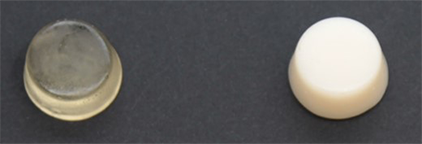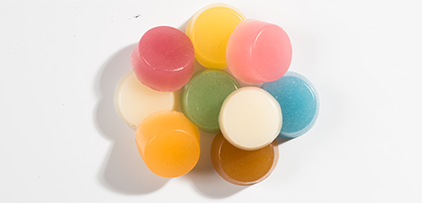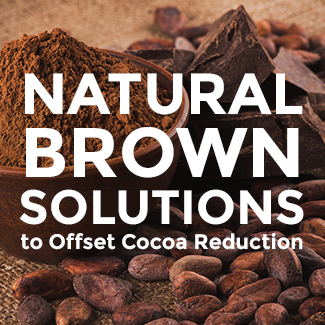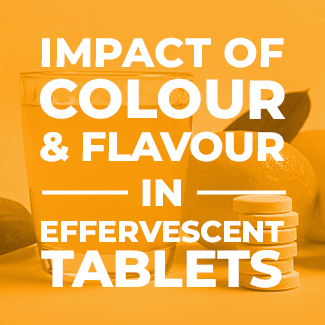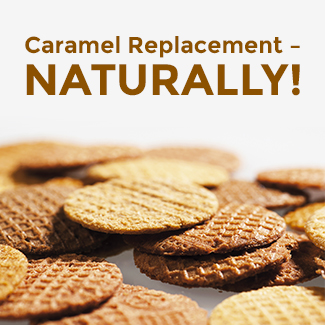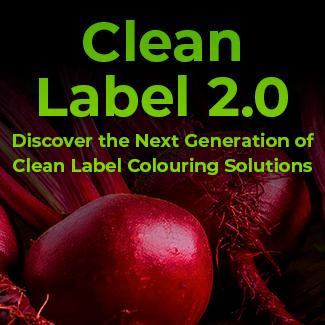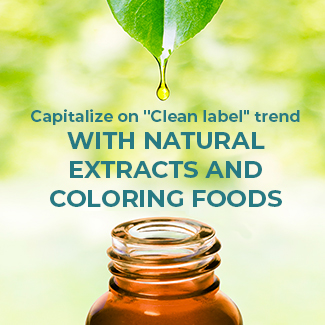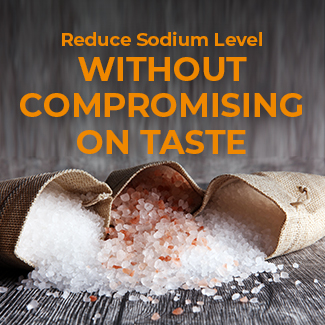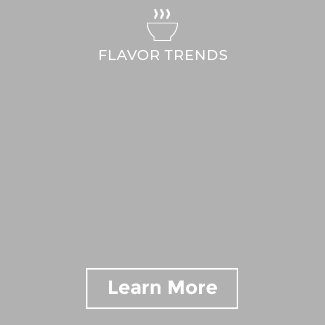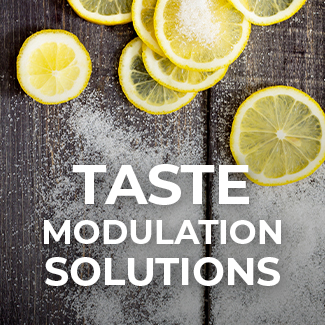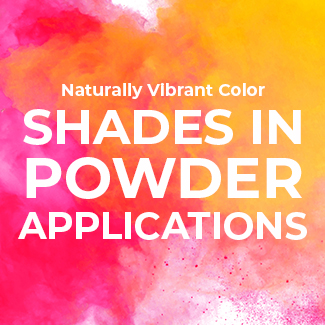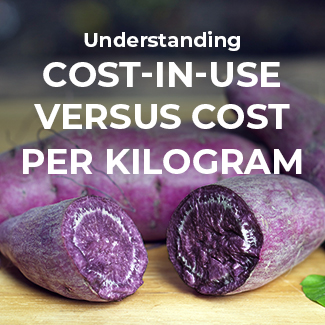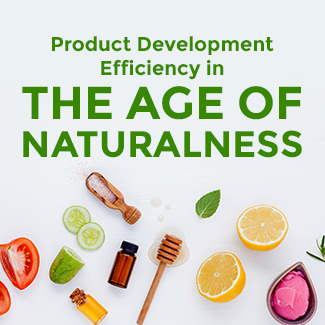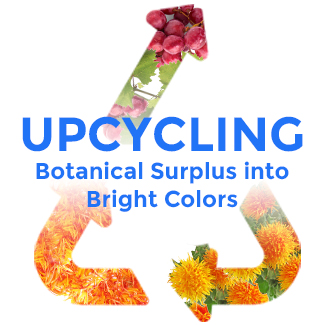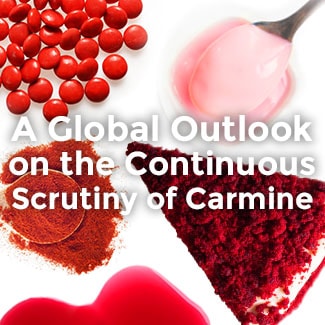Creating the Ideal Color for Jelly Sweets
Many consumers across the globe love their jelly gums, jelly tots, gum drops, wine gums and jelly babies. In that context, flavor is a major consideration when consumers choose within the sugar and gum confectionery. The market has a core range of traditional flavors, in particular the fruity ones such as strawberry, orange and lemon. Given the impulse character of the confectionery sector, innovation and new product introductions can always drive additional purchase interest for consumers. In that case, Mintel suggests new sensory experiences should be explored further, so that texture, shape, and color are a means to create a holistic product experience or accentuate certain elements of a product concept. In order to observe the latest trends, one can take a look at the European consumer behavior as an example. In that region, consumers are interested in seeing more sophisticated, adult-oriented varieties or imaginative flavor profiles in sugar confectionery:Attitudes towards sweets, select european markets, 2016
Base: Inteernet users who have eaten sugar confectionery in the past six months (1,361 in France; 1,669 in Germany; 1,627 in Italy; 1,594 in Spain; 1659 in Poland) Source: Lightspeed GMI/Mintel
Sweets with more unusual or extreme flavors (eg superfruits, sour) appeal to me
I would like to see a wider variety of sophisticated sweets (eg gourmet fruit jellies, alcohol-flavored sweets) targeted at adults

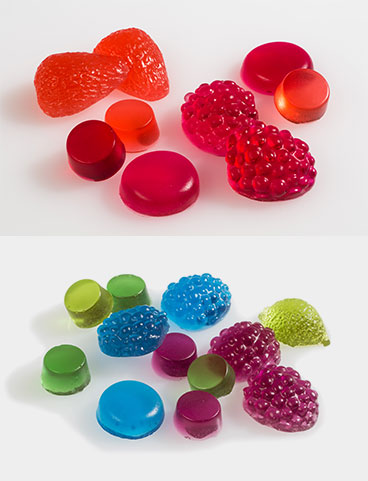 For REDS, Anthocyanins, the red pigments of fruits and vegetables, are the most important group of natural red coloring foods. Depending on the source, composition and their combination with other coloring ingredients, we can achieve a wide range of beautiful red shades. The color shade, intensity and stability of anthocyanins depends on the pH of the base. If used in an acidic environment, anthocyanins will exhibit generally bright and stable shades, and as a result they are particularly suited to application in jelly sweets. At the same time, there may be visible color differences if an anthocyanin product is used in a jelly base with pH3 or pH4, and not every anthocyanin product is stable enough in jelly sweets.
For BLUES, the coloring food product Spirulina gives a bright bluish shade and when used in combination with other coloring food preparations is able to create bright GREEN and PURPLE shades. Spirulina has very typical stability characteristics. Heat treatment should be as short as possible, and a jelly gum base with a lower acidity is advantageous. All of those factors and interactions must be understood to achieve the desired results with this coloring food.
For REDS, Anthocyanins, the red pigments of fruits and vegetables, are the most important group of natural red coloring foods. Depending on the source, composition and their combination with other coloring ingredients, we can achieve a wide range of beautiful red shades. The color shade, intensity and stability of anthocyanins depends on the pH of the base. If used in an acidic environment, anthocyanins will exhibit generally bright and stable shades, and as a result they are particularly suited to application in jelly sweets. At the same time, there may be visible color differences if an anthocyanin product is used in a jelly base with pH3 or pH4, and not every anthocyanin product is stable enough in jelly sweets.
For BLUES, the coloring food product Spirulina gives a bright bluish shade and when used in combination with other coloring food preparations is able to create bright GREEN and PURPLE shades. Spirulina has very typical stability characteristics. Heat treatment should be as short as possible, and a jelly gum base with a lower acidity is advantageous. All of those factors and interactions must be understood to achieve the desired results with this coloring food.



